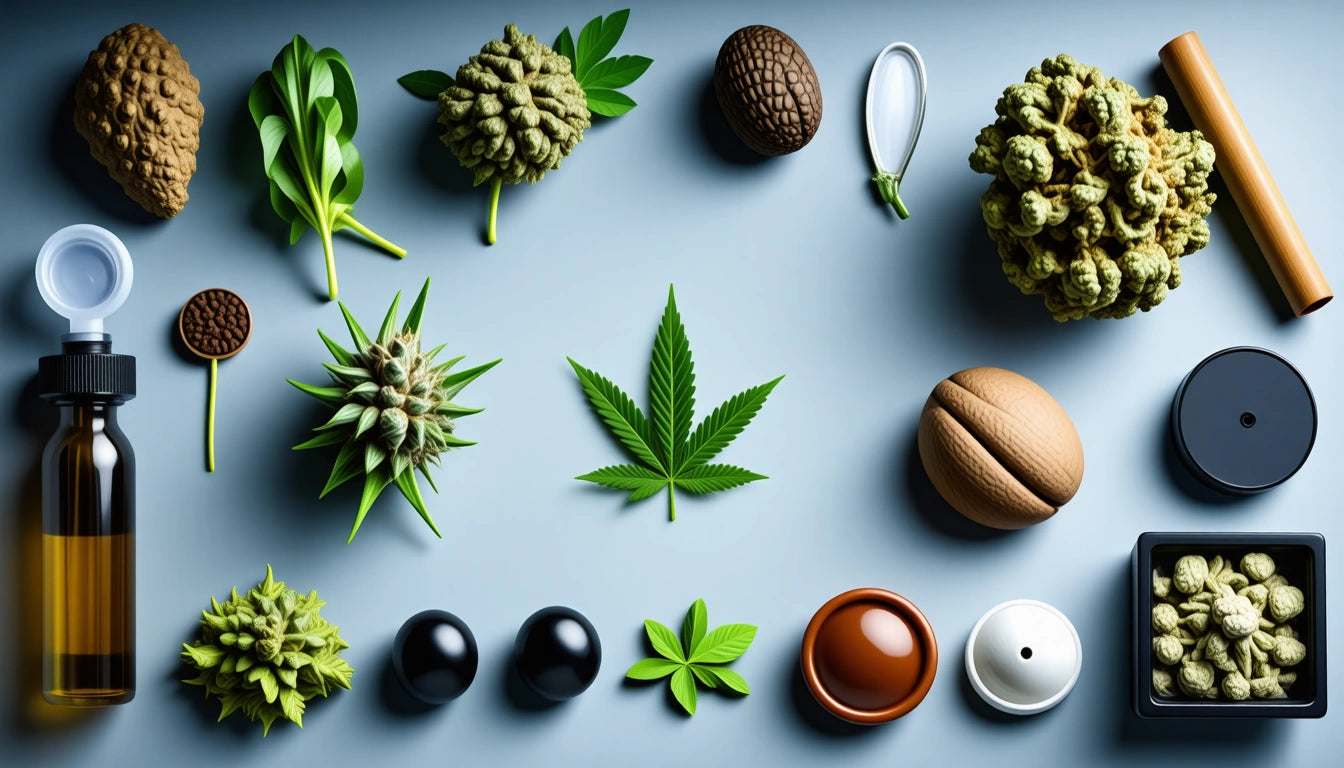Table of Contents
- Compliance-Related Mistakes in Vape Packaging
- Functional Design Errors That Compromise Product Integrity
- Branding and Visibility Issues That Reduce Market Impact
- Material Selection Problems That Affect Performance
- Retail and User Experience Oversights
- Packaging Strategies for Long-Term Brand Success
In the competitive cannabis vape market, packaging serves as both a protective vessel and a powerful marketing tool. However, certain design missteps can significantly undermine brand perception, regulatory compliance, and product integrity. Understanding these common pitfalls helps manufacturers avoid costly errors that could damage reputation and sales.
Compliance-Related Mistakes in Vape Packaging
Regulatory compliance remains one of the most critical aspects of vape packaging design. Failing to meet these requirements can result in serious consequences.
Inadequate Child-Resistance Features
Many brands overlook the importance of proper child-resistant mechanisms or implement them incorrectly. According to industry standards for child-resistant vape packaging, packages must meet CPSC protocols and ASTM standards. Failing these requirements can lead to product recalls, fines, and potential liability issues.
Missing or Incorrect Warning Labels
Each state has specific requirements for warning language, symbol placement, and font sizes. The compliance checklist for vape packaging highlights the importance of state-specific validation before production runs to avoid costly reprints or regulatory penalties.
Functional Design Errors That Compromise Product Integrity
Beyond compliance, functional design flaws can lead to product damage, leakage, and customer dissatisfaction.
Insufficient Protection Against Leaks
Vape cartridges are particularly vulnerable to leakage during shipping and handling. Proper protection against leaks and breakage requires strategic insert design and material selection. Brands often underestimate the importance of custom-fitted inserts that immobilize cartridges.
Poor Insert Material Selection
The choice between foam, molded pulp, or plastic inserts significantly impacts product protection. As explored in this guide on insert materials, each option offers different levels of protection, sustainability, and cost-effectiveness. Many brands select materials based solely on price without considering performance requirements.
Branding and Visibility Issues That Reduce Market Impact
Even with perfect functionality, packaging that fails to communicate brand values effectively represents a missed opportunity.
Generic Design That Blends In
In crowded retail environments, generic packaging fails to capture attention. Premium brands particularly suffer when their packaging doesn't reflect their market positioning. Custom printed boxes with distinctive finishes like soft-touch coatings, foil stamping, or embossing can dramatically increase shelf visibility.
Inconsistent Brand Identity
Packaging that doesn't align with broader brand messaging creates consumer confusion. This disconnect often occurs when packaging is designed in isolation from other marketing materials. For consistent implementation, many successful brands invest in professional filling and packaging equipment that ensures uniform presentation across production runs.
Material Selection Problems That Affect Performance
The physical properties of packaging materials directly impact both protection and perception.
Poor Environmental Resistance
Vape products are sensitive to environmental factors. According to research on heat and humidity resistance in packaging materials, inadequate barrier properties can compromise product quality. Materials that seem cost-effective initially may fail to protect products in variable retail and storage environments.
Unsustainable Material Choices
As consumer environmental consciousness grows, non-recyclable or excessive packaging can alienate key demographics. Sustainable vape packaging options like bioplastics and recyclable materials increasingly influence purchasing decisions, particularly among younger consumers.
Retail and User Experience Oversights
The journey from shelf to consumption includes several touchpoints where packaging can either enhance or detract from the experience.
Poor Retail Display Compatibility
Packaging that doesn't consider retail display requirements often receives reduced visibility or improper placement. Effective retail display strategies balance security needs with merchandising impact. Packages that are too large, oddly shaped, or difficult to stack may be relegated to less prominent positions.
Neglecting the Unboxing Experience
The moment of unboxing significantly impacts brand perception. Research on unboxing experience and product reviews shows a direct correlation between packaging interaction and perceived product quality. Overlooking this experiential aspect misses a crucial opportunity to reinforce brand value.
- Difficult-to-open packages frustrate customers
- Packages that damage products during opening create immediate negative impressions
- Lack of instructional elements leads to improper product use
- Absence of brand storytelling reduces emotional connection
Packaging Strategies for Long-Term Brand Success
Avoiding packaging mistakes requires a strategic approach that balances multiple considerations from compliance to consumer psychology.
Successful vape brands typically implement a comprehensive packaging strategy that includes regular compliance audits, consumer feedback integration, and competitive analysis. By treating packaging as a core brand asset rather than an afterthought, companies can transform this necessary expense into a powerful competitive advantage.
The most effective approach combines rigorous functionality testing with consumer research to ensure packaging not only protects the product but also enhances the overall brand experience. As regulations and consumer preferences continue to evolve, packaging flexibility and adaptability become increasingly valuable assets for sustainable brand growth.











Leave a comment
All comments are moderated before being published.
This site is protected by hCaptcha and the hCaptcha Privacy Policy and Terms of Service apply.